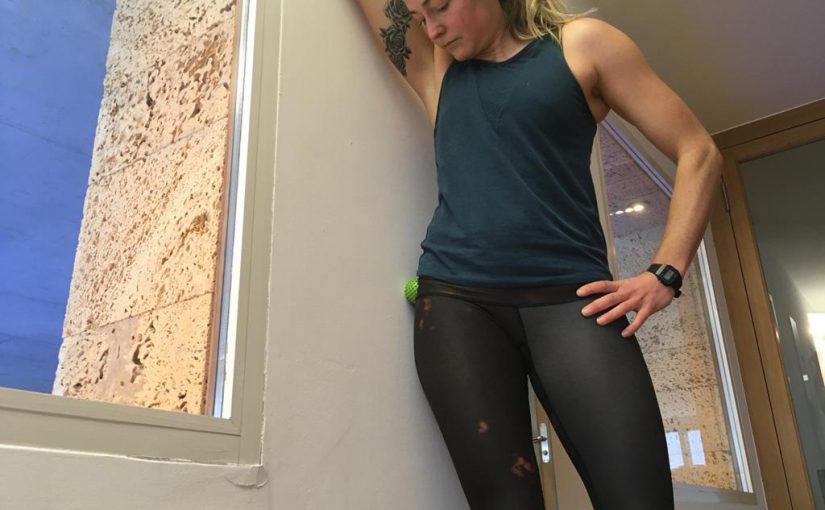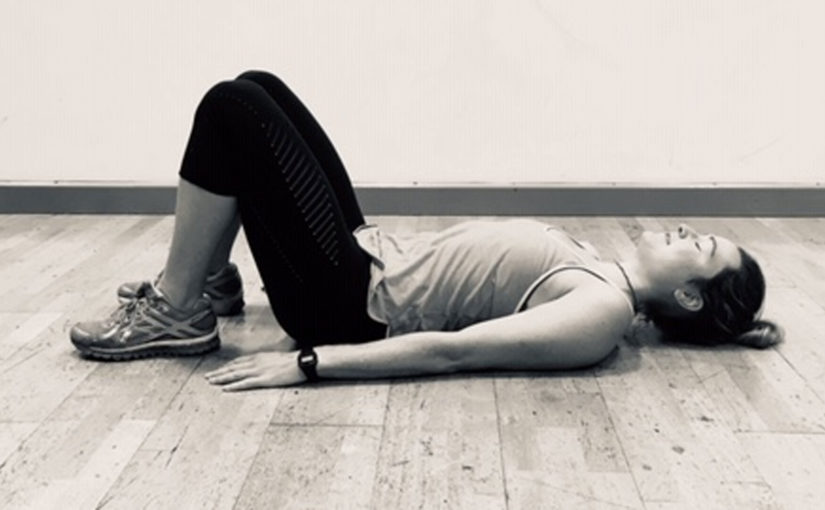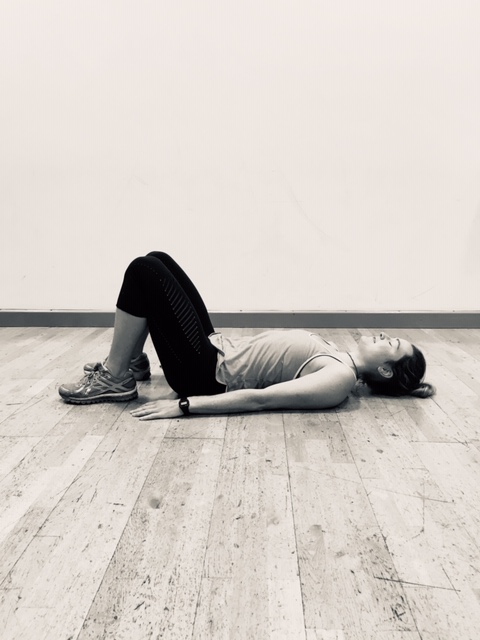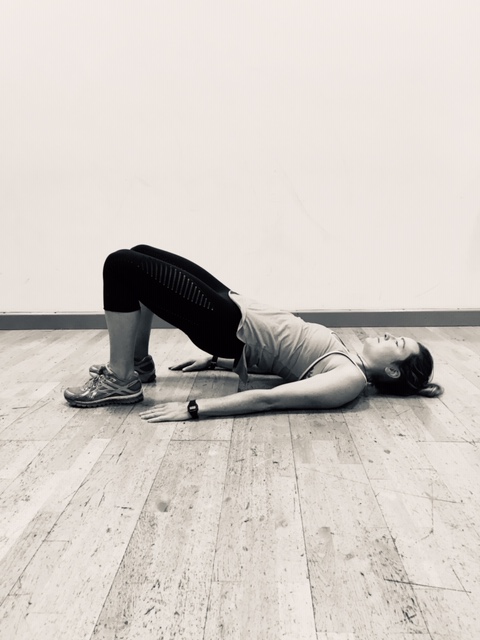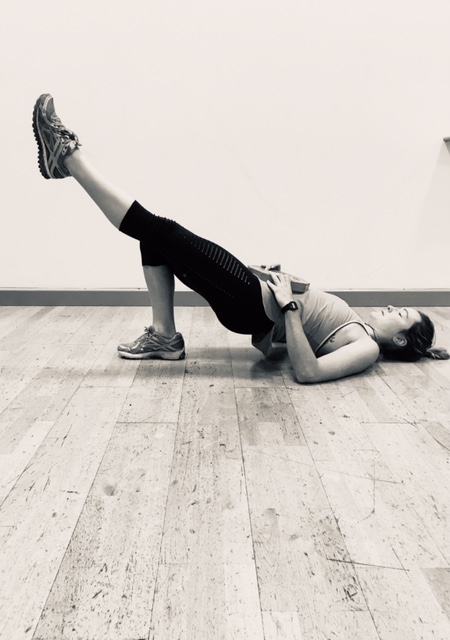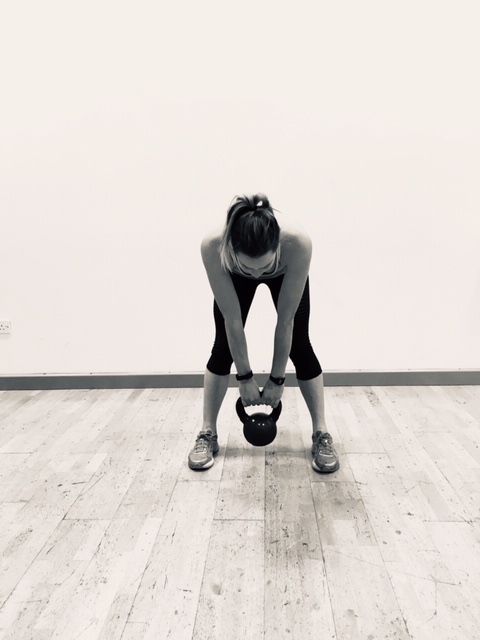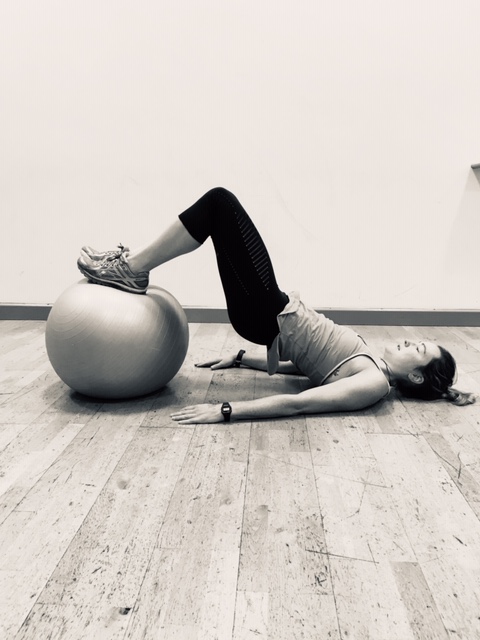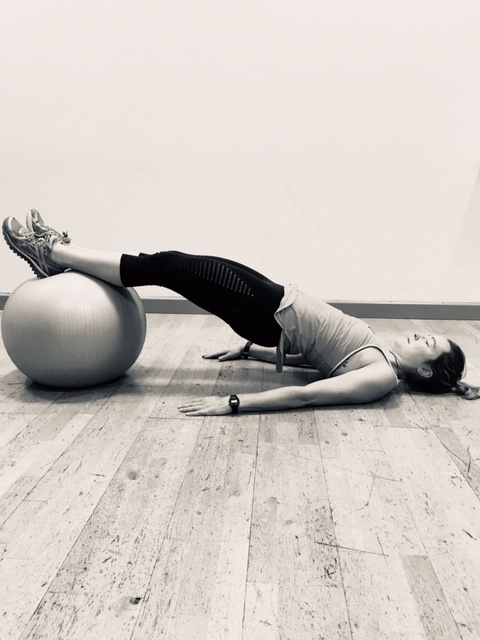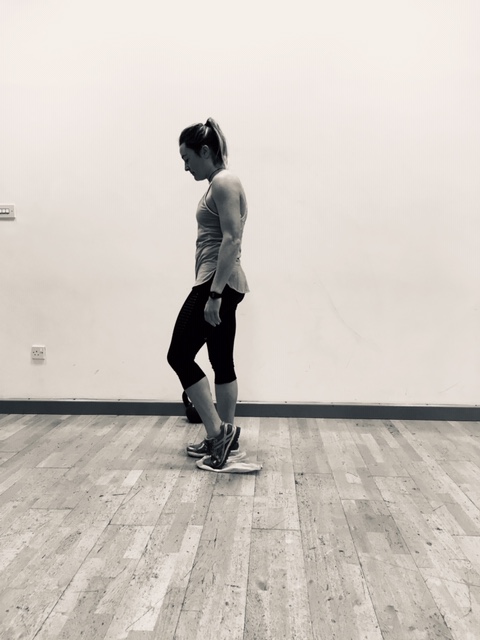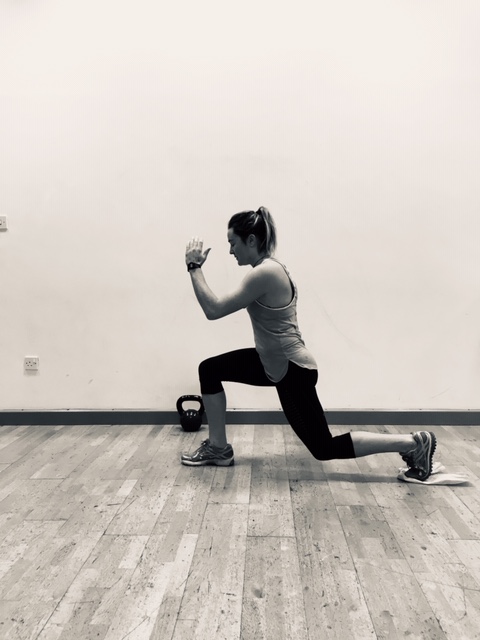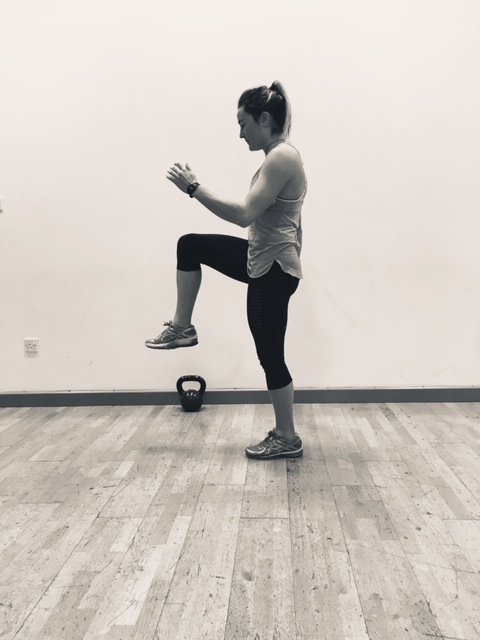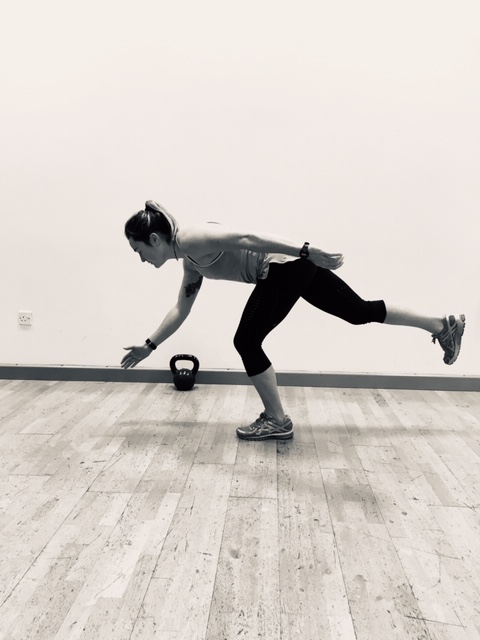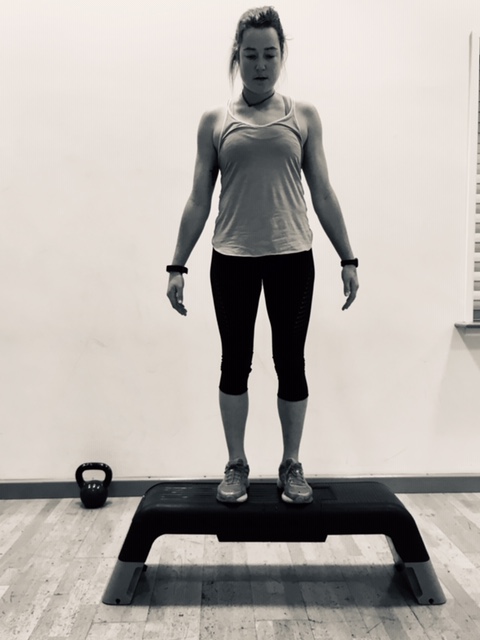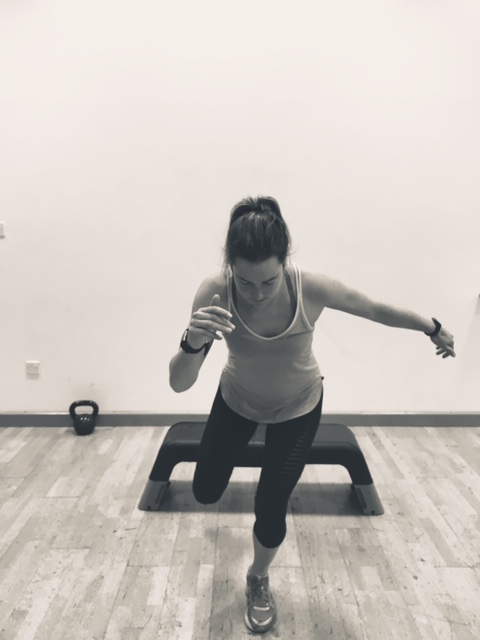Whether you’re lucky enough to be touring in the mountains or making the most of daily outdoor exercise in the UK with some running, we’re making the most of the lockdown so we’re fit and ready for the slopes to open!
We’ve teamed up with the wonderful Jo Pollard, a Physiotherapist based in Val d’Isere and Tignes who specialises in ski and snowboard injuries and injury prevention. Jo is currently busy working with the New Zealand women’s World Cup racing team, so we’re thrilled that she’s put together some top tips for activation before you head out running or touring.
If you’d like any more info or some personalised advise, get in touch with Jo at https://jopollardphysio.com/
With the lockdown continuing in many places, a lot more people have taken to running recently. And those of us who are lucky to live in the mountains are hitting the touring hard.
After hearing some grumbles from clients/friends, I have put together a few pre mountain or pre-running activation tips.
There are of course many exercises and things you could/should/would do, but here are 5 exercises that should take no longer than 5 minutes (unless you’re enjoying them and want to do more 🙂 )
They are a quick combo of release work and activation to try and encourage the often lazy muscle groups to get going and try to dampen down/switch off some of the overactive ones.
This is, of course, different in people, but the trends are often overactive, tight hip flexors and tensor fascia latae (TFL) (especially when touring long periods with extra weight on your feet). And sometimes lazy/under-active gluteal muscles.
Try spending 30sec-60secs with foam rolling/trigger point ball releasing the tighter muscle groups, then about the same amount of time ‘waking up’ or ‘activating’ the glut and stability muscles (i.e core and feet muscles).
Here are 5 exercises that should take no longer than 5 minutes…
Jo Pollard
1) TFL or Hip Flexor Release
Here a small massage trigger ball is ideal, but a tennis or golf ball etc will do. Depending on where you find the ‘spot’ place the ball against the wall and lean your weight into it. If trying to target the TFL (the small triangular shape ‘meaty’ bit muscle just over/infront of the hip joint) place the ball here. To target more the hip flexor at the front, you can lie stomach down and place the ball just below the pelvis (ASIS) and hip.
At first it may feel quite uncomfortable, but try to breathe slow and deep, and the discomfort should ease and release.

2) Foam Roller Release
So not the most comfortable thing to try and release, but try and ‘roll’ up and down the whole length of the outer leg (top of hip all the way to the knee).
Try and keep your core engaged and reap the extra benefit of getting your core going too!
If you really struggle with upper body strength, you can place the roller against the wall (at different heights along your outer leg) – then lean all your body weight into it.
Move the roller along the leg.
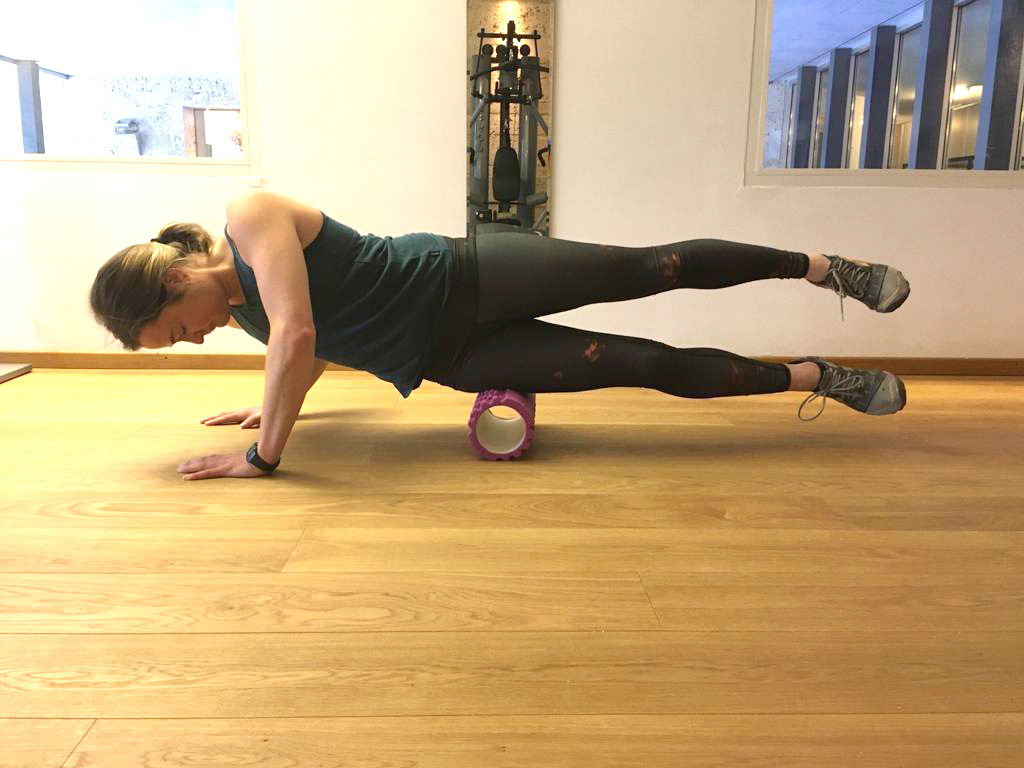
3) Glute Activation 1
If you have some theraband that is ideal, but if not you can still connect and focus on activating your gluts without.
Start either stood up or as I am here with a slight forward lean (but keeping spine neutral and core engaged).
Keep the static leg soft and aligned over your second and third toes.
Take the moving leg out sideways, and slightly behind.
Try to not let the toes turn out and open up – this gives your hip flexors more chance of firing when the aim is to get the gluteus medius working (i.e your pelvic stabiliser).
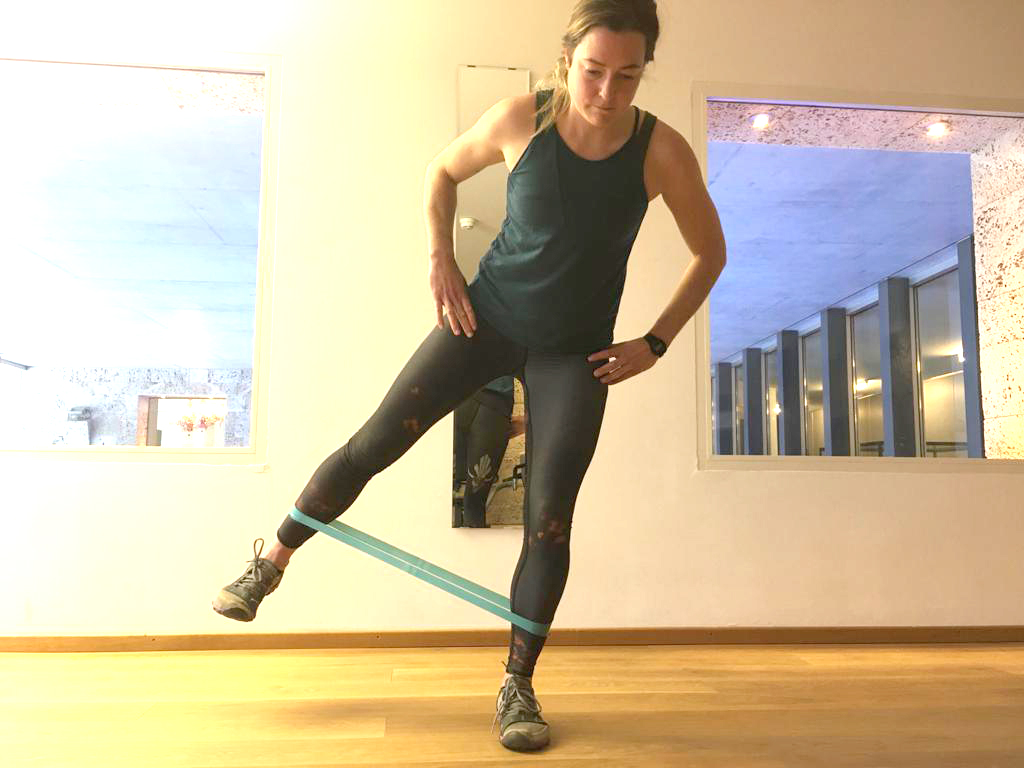
4) Glute Activation 2
Here we are trying to get the glut max firing, one of the main hip extensors which will help you propel forwards with power and efficiency in both touring and running.
Start again lined up, with a slight forward lean, but core engaged and spine neutral. Try not to let the pelvis twist, or allow the lower spine to give into extension, allowing the lower back muscles to over dominante the movement.
It also helps to keep the moving leg relatively straight, to not allow the hamstrings to kick in too much.
If you’re familiar with pilates this movement is a little bit like single leg kick.
To really make sure the gluts are the prime mover, think to do a mini ‘butt’ squeeze first before moving into extension.

5a) Runners Reach
a): Try reaching forwards and down, keeping your static leg soft, but relatively straight. Watch the pelvis doesn’t open up and you keep your core switched on.

5b) Runners reach
b): from the position above, using your core bring your back leg up in front to a balanced single leg position. Try to use opposite arm to leg, to mimic a running type action that your brain is familiar with. If you really want to challenge yourself and get your balance system going, try with your eyes closed!!
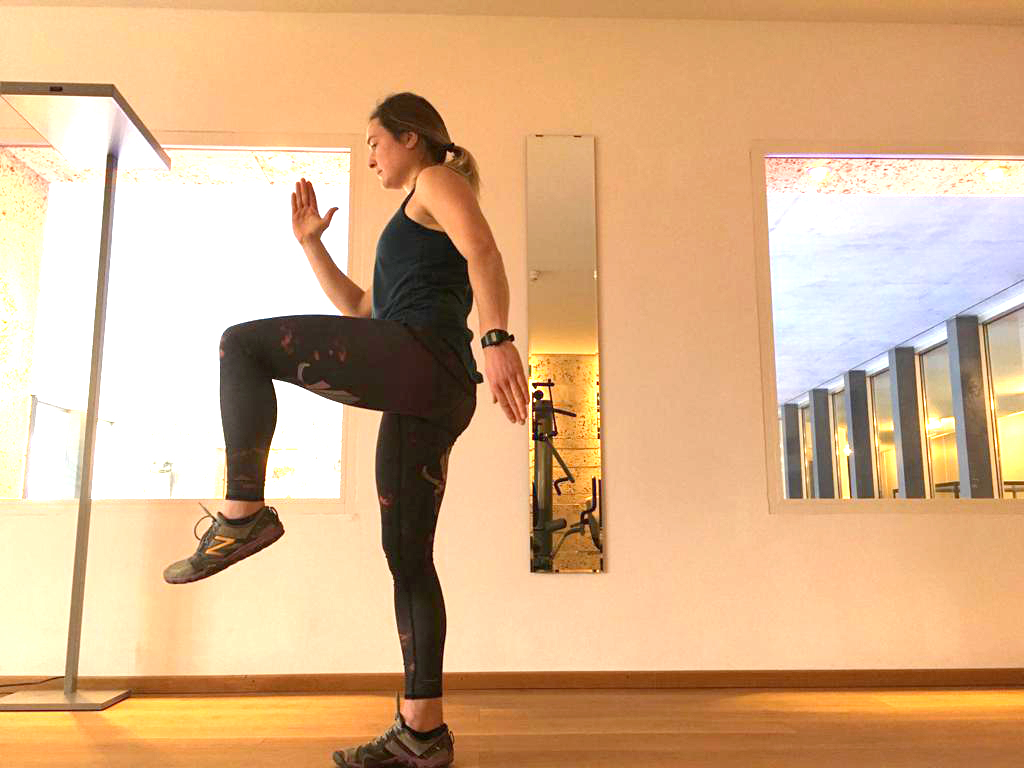
As mentioned above, these exercises are in no way prescriptive and ‘one size fits all’. But they are a good starting point. The release work is also very good post run or tour – try working a little longer and combining with some stretches. Have an experiment with the massage ball.
For me personally I get pretty tight in my upper back and shoulders from where I previously broke my back, and where carrying a heavy ABS bag leaves me quite sore.
So I try and get the massage ball into those spots.
Have fun, stay fit and healthy 🙂
And of course get in touch if you are looking for more specific advice.
